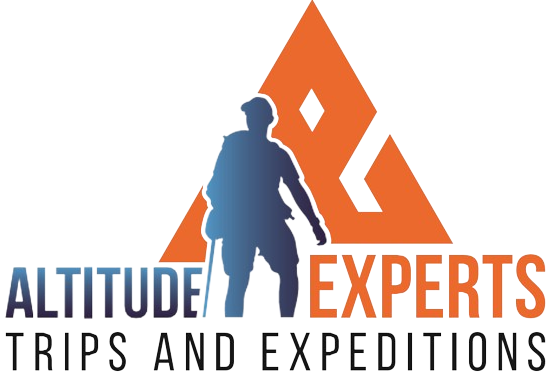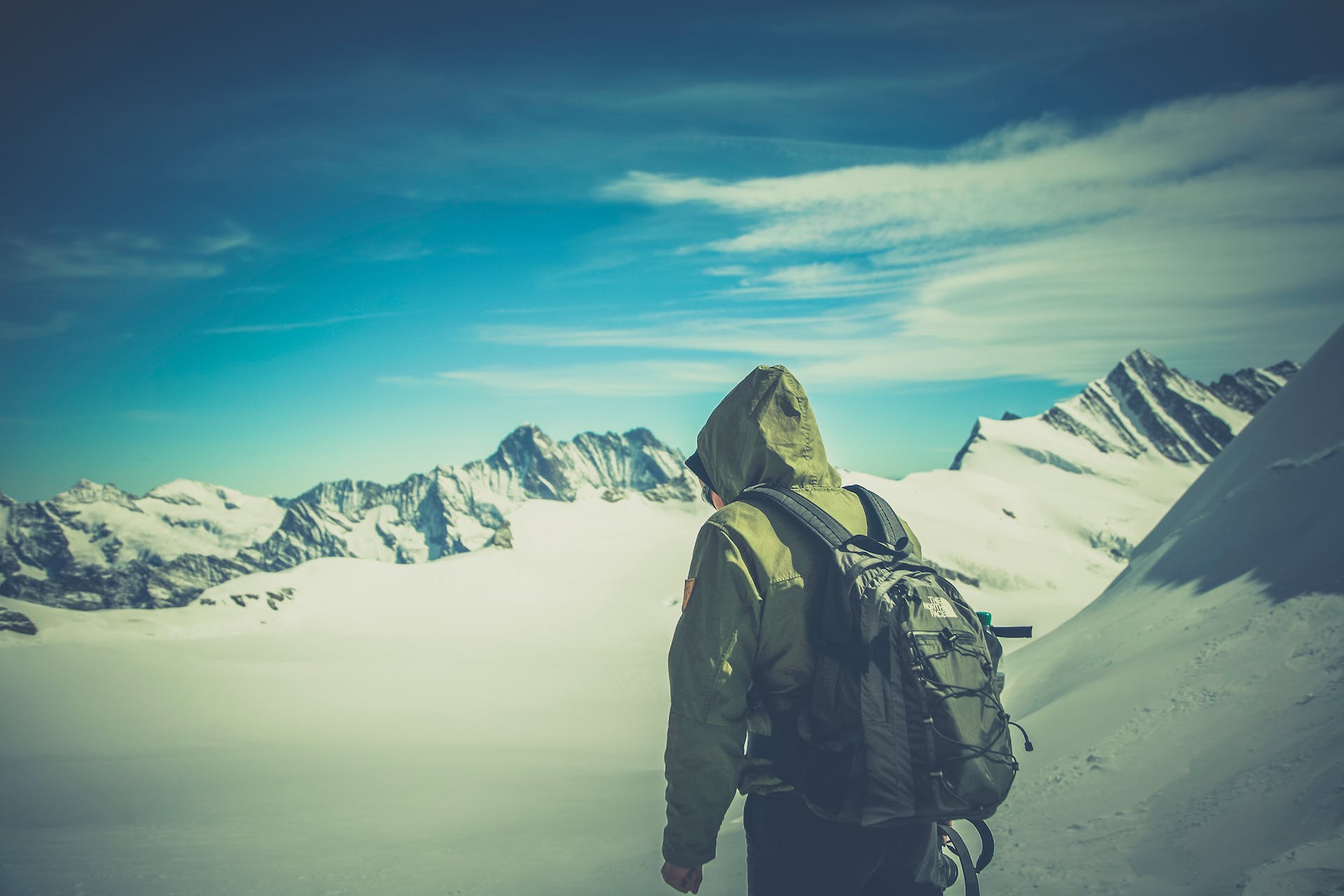What is Altitude Sickness?
Altitude sickness, also known as Acute Mountain Sickness (AMS), is a condition that occurs when your body struggles to adapt to low oxygen levels at high altitudes. This is a common challenge for trekkers and climbers, especially in mountainous regions like the Himalayas. Being informed about the symptoms, precautions, and treatments is essential for a safe and enjoyable journey.
Symptoms of Altitude Sickness
Recognizing the symptoms of altitude sickness early can prevent severe complications. Common symptoms include:
1. Headache – Persistent pain in the head.
2. Dizziness – Feeling lightheaded or faint.
3. Nausea – A sensation of wanting to vomit.
4. Tiredness – Weakness and exhaustion.
5. Shortness of Breath – Difficulty breathing, especially during exertion.
6. Loss of Appetite – Reduced desire to eat.
7. Trouble Sleeping – Frequent waking or difficulty staying asleep.
8. Swelling – Puffiness in the hands, feet, or face.
Treatments for Altitude Sickness
If you or someone in your group experiences symptoms of altitude sickness, follow these steps:
1. Rest – Stop ascending and rest until symptoms improve.
2. Hydration – Drink plenty of fluids to stay hydrated.
3. Descend – If symptoms worsen, descend to a lower altitude immediately.
4. Take Medication – Medicines like Diamox can help reduce symptoms (consult a doctor before using).
5. Use Oxygen – Supplemental oxygen can assist in breathing during severe cases.
6. Avoid Alcohol and Smoking – These can exacerbate symptoms.
Severe Conditions Related to Altitude Sickness
1. High Altitude Pulmonary Edema (HAPE)
HAPE is a life-threatening condition where fluid builds up in the lungs.
Symptoms:
· Shortness of breath, even at rest
· Dry cough turning into a wet cough with pink or bloody mucus
· Rapid, shallow breathing
· Increased heart rate
· Extreme fatigue
· Chest tightness or fullness
· Lips or fingertips turning blue (low oxygen)
Precautions:
· Ascend gradually to allow proper acclimatization.
· Avoid overexertion and stay warm.
· Drink water and avoid alcohol.
· Consider oxygen or medication (e.g., Diamox).
Treatment:
· Descend to a lower altitude immediately.
· Use supplemental oxygen.
· Take medications like Nifedipine to reduce lung fluid.
· Rest and seek medical help urgently.
2. High Altitude Cerebral Edema (HACE)
HACE is a severe swelling of the brain caused by high altitude.
Symptoms:
· Intense, persistent headache
· Confusion or trouble thinking
· Difficulty walking or staggering
· Extreme fatigue
· Blurry vision
· Erratic behavior or loss of consciousness in severe cases
Precautions:
· Ascend gradually and hydrate well.
· Avoid alcohol and listen to your body’s signals.
Treatment:
· Descend immediately.
· Use supplemental oxygen if available.
· Medications like Dexamethasone can reduce brain swelling.
· Rest and seek medical attention immediately.
Key Points:
· Foreigners from sea level may experience a sharper drop in oxygen levels compared to those acclimatized.
· Normal SpO2 at sea level is 95-100%, but it decreases with altitude.
· Levels below 75% above 4,000 meters indicate a risk of altitude sickness.
Additional Tips for a Safe Trek
1. Acclimatize Properly: Spend extra days at higher altitudes to allow your body to adapt.
2. Stay Hydrated: Drink at least 3-4 liters of water daily.
3. Eat Carbohydrate-Rich Meals: These provide energy and help the body adapt better.
4. Know Your Limits: Do not push yourself if you feel unwell.
5. Pack Smart: Carry a pulse oximeter to monitor oxygen levels and necessary medications like Diamox.
6. Listen to your Guide: Our guides are well trained for high altitude sickness. To prevent the situation more critical please kindly listen your guide decision.
Why Choose Altitude Experts Trips and Expeditions?
At Altitude Experts, your safety and comfort are our top priorities. Here’s why we stand out:
- Wilderness First Responder (WFR) and First Aid Certified Guides and Staff: Our highly trained team is equipped to handle altitude-related emergencies and ensure your well-being throughout the journey.
- Emergency Supplemental Oxygen Supply: We carry supplemental oxygen to assist clients experiencing severe altitude sickness or respiratory distress.
- Oximeter Monitoring: Our guides use oximeters to regularly monitor your oxygen levels at different elevations, ensuring early detection of any potential issues.
- Comprehensive First Aid Kit: We are fully prepared with first aid kits containing essential medications and supplies to manage any health concerns during the trek.
With Altitude Experts, you’re not just trekking—you’re doing it with a team that prioritizes your safety, health, and an unforgettable Himalayan adventure. Prepare with confidence, trek with experts, and embrace the breathtaking beauty of the mountains worry-free!



